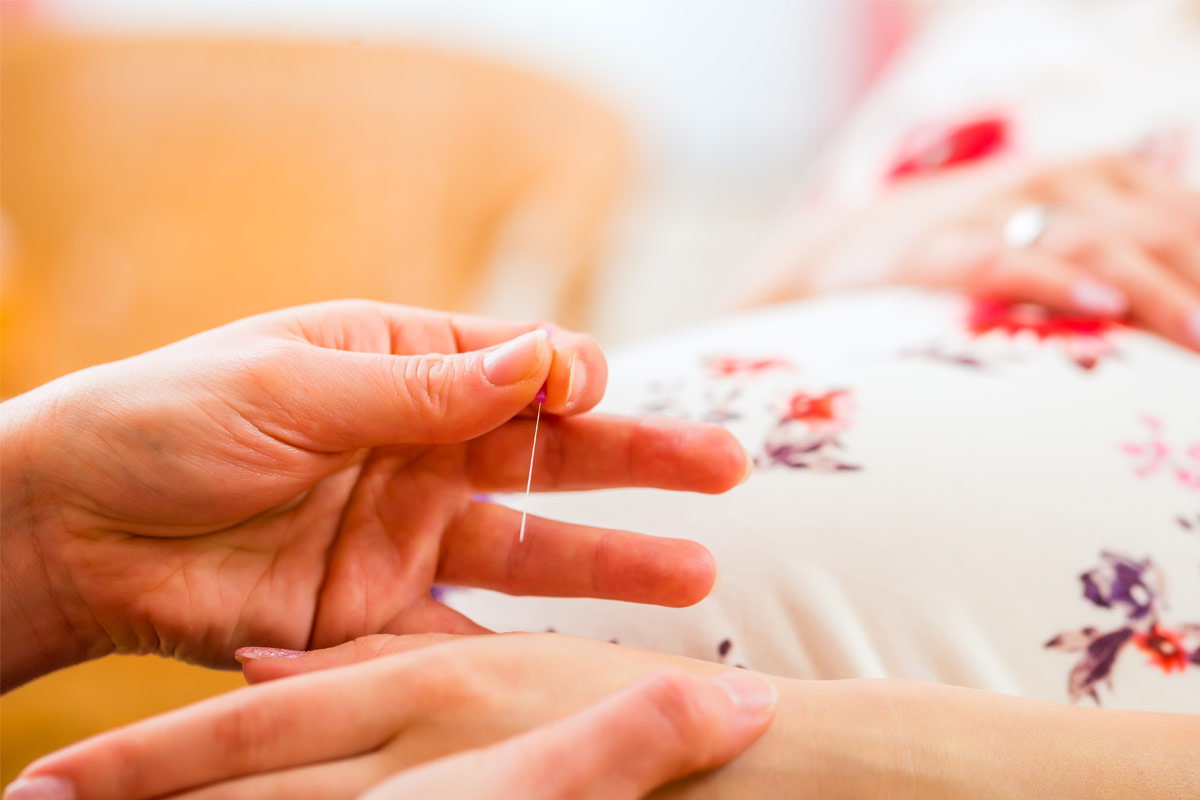What to Expect With Acupuncture for Labour Preparation and Induction
Acupuncture, a core component of Traditional Chinese Medicine (TCM), is an ancient technique where fine needles are inserted into specific body points to restore and maintain health by regulating energy flow. There is increasing interest in utilizing acupuncture as a treatment for labour preparation and induction. Many women are seeking natural ways to support their bodies during childbirth. Acupuncture offers a potential solution for optimizing labour outcomes and promoting a positive birthing experience.
Acupuncture may offer various benefits. It is believed to help with pain management, reduce anxiety, and potentially shorten labour duration. By stimulating specific acupoints, acupuncture aims to encourage the natural progression of labour. This approach aligns with a growing trend towards integrative healthcare, combining conventional medicine with evidence-informed complementary therapies.
Labour from a TCM Perspective
TCM views pregnancy and childbirth as a natural progression involving the flow of Qi (vital energy) and Blood. These essential substances nourish the mother and baby, supporting growth and development. Yin and Yang, representing opposing yet complementary forces, must remain in balance throughout pregnancy and labour. Yin represents the cooling, nourishing aspect, while Yang embodies the warming, active energy.
The natural flow of labour can be disrupted by imbalances in Yin and Yang, Qi, or Blood. For example, a lack of Qi may result in insufficient contractions, and blood stagnation might hurt and make it difficult for the fetus to descend. Through the stimulation of particular sites along energy networks known as meridians, acupuncture seeks to restore equilibrium and facilitate a more seamless labour.
Acupuncture for Labour Preparation

Acupuncture treatments in the weeks leading up to the estimated due date can help prepare the body for labour. Regular sessions can address any underlying imbalances, promote relaxation, and encourage the optimal positioning of the baby.
Specific acupuncture points are often targeted during labour preparation. LI4 (Hegu), located on the hand between the thumb and index finger, is known for its pain-relieving properties and potential to induce labour. SP6 (Sanyinjiao), found on the lower leg, is believed to promote cervical ripening and descent of the baby. BL32 (Ciliao), located on the lower back, can help relieve lower back pain and encourage proper fetal positioning.
Acupuncture for Labour Induction
Acupuncture can be used to stimulate labour naturally when it has not begun spontaneously. By activating specific points, acupuncture can encourage the release of oxytocin, a hormone that triggers uterine contractions.
Acupuncture for labour induction is most effective when the body shows signs of readiness for labour, typically after 38 weeks gestation. Cervical ripening, the softening and thinning of the cervix, indicates the body is preparing for birth.
Each woman’s constitution and needs are unique. It is essential to consult with both a qualified acupuncturist and an obstetrician to determine the most suitable approach, considering individual health history and any existing pregnancy concerns. Open communication between healthcare providers ensures the safest and most effective care for both mother and baby.
Benefits of Acupuncture for Labour Preparation and Induction
Acupuncture offers a range of potential benefits for women seeking support during labour. It is a gentle, non-invasive therapy that works in harmony with the body’s natural processes.
- Pain Management: Acupuncture can stimulate the release of endorphins, the body’s natural pain relievers. This may help reduce the perception of pain during labour, potentially decreasing the need for pharmacological interventions like epidurals or opioids. By minimizing pain, acupuncture can contribute to a more comfortable and empowering birthing experience.
- Reduced Anxiety: Labour can be an anxiety-provoking experience for many women. Acupuncture may help calm the nervous system by promoting relaxation and reducing stress hormones. This can lead to a more positive emotional state for the mother, allowing her to better cope with the challenges of labour and childbirth.
- Cervical Ripening: Acupuncture may help soften and ripen the cervix in preparation for labour. A ripe cervix is more favourable for dilation and effacement, which are essential for the progression of labour. By promoting cervical ripening, acupuncture can potentially lead to a more efficient labour onset and reduce the likelihood of prolonged labour.
- Improved Labour Progress: By stimulating specific acupoints, acupuncture may encourage regular and effective uterine contractions. This can help facilitate the descent of the baby through the birth canal and shorten the overall duration of labour. A shorter labour can reduce maternal fatigue and minimize the risk of complications associated with prolonged labour.
- Turning a Breech Baby: Some studies suggest that acupuncture may be helpful in turning a breech baby (bottom-first position) into a head-down position before labour begins. This can reduce the need for medical interventions such as an external cephalic version (ECV), a procedure that manually attempts to turn the baby.
When Is It Appropriate?

Acupuncture can be integrated into maternity care at various stages.
- Labour Preparation: Acupuncture treatments typically commence after 37 weeks of gestation when a baby is considered full term. These sessions focus on preparing the body for labour by balancing Qi, promoting cervical ripening, encouraging optimal fetal positioning, and reducing anxiety to create a harmonious environment for childbirth.
- Induction of Labour: If labour has not started spontaneously by 40 weeks or later, and medical induction is being considered, acupuncture may be used as a method to encourage the onset of contractions naturally. Electro-stimulation combined with acupuncture is an approach used in such cases for a stronger effect to induce. This approach aims to stimulate the body’s own labour mechanisms.
- Augmentation of Labour: In cases where labour has begun but is progressing slowly, acupuncture can be integrated into the birthing plan to strengthen contractions, promote the descent of the baby, and potentially reduce the need for medical interventions like oxytocin augmentation.
- Postpartum Recovery: After childbirth, acupuncture can support the mother’s postpartum healing journey by addressing common concerns such as pain management, reducing fatigue, promoting emotional well-being, and assisting with lactation difficulties.
- Pain Management During Labour: Acupuncture can be effectively used alongside other pain management techniques during labour. It complements breathing exercises, massage, and hydrotherapy to provide a comprehensive approach to pain relief, allowing the mother to cope better with contractions.
Acupuncture offers a valuable therapy for women seeking to optimize their labour experience. Rooted in the principles of Traditional Chinese Medicine, acupuncture aims to harmonize the flow of Qi, promoting a smoother and more efficient labour. By stimulating specific acupoints, acupuncture can potentially reduce pain, decrease anxiety, and encourage the natural progression of labour. If you are interested in exploring acupuncture for labour preparation or induction, consult with a qualified acupuncturist to discuss your individual needs and create a personalized treatment plan.
Contact White Birch Clinic at (289) 837-2026 to schedule a consultation and learn more about how acupuncture can support your journey through childbirth.







